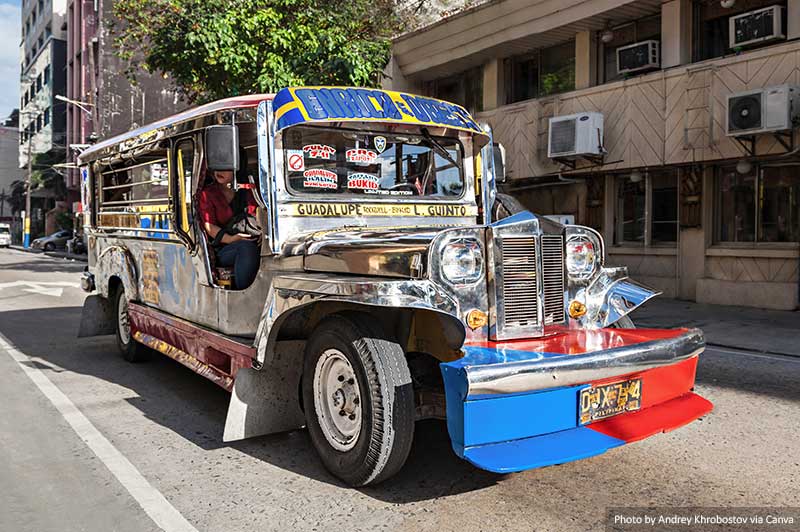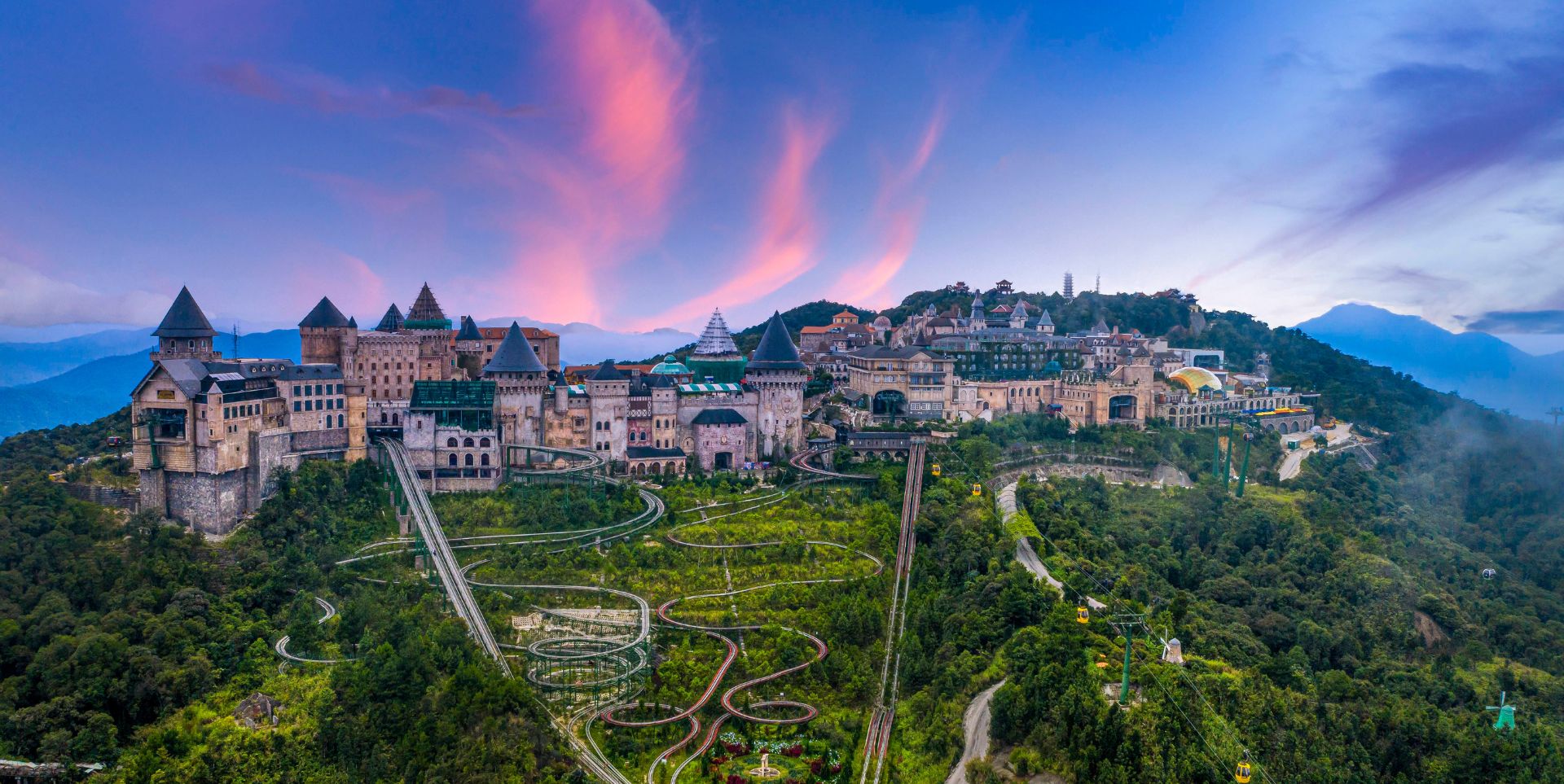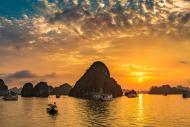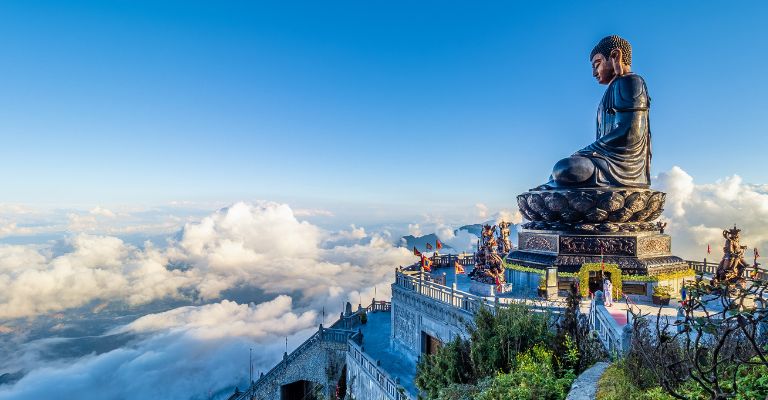Philippines Travel Guide: Useful Things to Know When Planning Your Trip

The Philippines is an upcoming Asian destination that draws visitors with its beaches, nature and world-class diving. To prepare you for a hassle-free and fantastic trip, here are 10 things to keep in mind before travelling to this exciting archipelago.
The layout of the Philippines
The Philippines is a large group of islands in the West-Pacific region, surrounded by the Philippine Sea on the east and South Chinese Sea on the west. After Indonesia, the Philippines is one of the largest island states in the world with a staggering 7641 islands. The islands are split into 3 groups: Luzon, the Visayas, and Mindanao. With a land area of exactly 300.000 square kilometres, the Philippines is roughly 25 per cent larger than the United Kingdom. Due to the geographic location, reaching the Philippines from abroad always requires a flight.
Transportation
The division into thousands of islands sometimes makes it hard to get around in the Philippines. Travelling from one island to another usually involves boat rides or even flights.
Especially in the central Visayas region, ferries are a convenient and affordable way to hop between islands. For longer distances, airports are widely spread, and countless flights are operated by both Philippine Airlines and Cebu Pacific. Keep in mind that many domestic and international flights go through either Cebu or Manila, so adjust your departure port or prepare for a layover in one of these cities.
In the cities, taxis and Jeepneys – old vans converted into cool looking, open minibuses – are the most common types of transportation. Most of the larger islands have an extensive bus network that connects all major towns and cities. The two largest islands – Luzon and Mindanao – have long-distance bus services, connecting popular places such as Banaue and Manila on Luzon, and Davao and Cagayan de Oro on Mindanao.

Language
Tagalog is considered to be the ‘national language’, although only people in Manila and central Luzon speak Tagalog as their first language. Spread over the country are over 170 regional languages which are spoken as a first language at home.
Outside Manila and central Luzon, Tagalog is a subject in school, and it usually is the language Filipinos use to talk to fellow Filipinos from other parts of the country.
English is the first language in schools and universities and is the business language. Therefore, the level of English spoken by Filipinos is usually very high, and the people are open-minded, which makes it very easy for travellers to interact with the locals.
Weather and seasons
The Philippines have a tropical climate, with basically two seasons: a wet and a dry season.
The rainy season usually starts in June and lasts until November. During this period, typhoons can occur from August to November. Wet season doesn’t mean it rains every day though. More pleasant temperatures and fewer crowds make this season still a suitable time to visit.
The dry season runs from November to May, with March and April being the hottest months; temperatures can exceed 40 degrees in some regions.
If you’re looking for places to escape the tropical heat, consider travelling to the Cordillera mountain range on Luzon or the remote Batanes archipelago in the far north. Year-round, temperatures rarely top 30 degrees.
Highlights
Many tourists head to the Palawan province first for good reasons; this southwest region has impressive dive sites in Coron, white beaches in El Nido and Balabac, and caves to explore.
For active travellers, hiking the Cordilleras or Mount Apo in Mindanao are highly recommended. So is surfing in Siargao, sea kayaking in Biri and canyoneering in Cebu.
Participating in the ‘mother of all Filipino festivals’, Ati Atihan, is an exciting experience you won’t easily forget. Eat your heart out during the Manggahan Mango Festival on Guimaras, and watch breathtaking dance performances at the MassKara Festival in Bacolod. There’s always a party in the Philippines!
Safety
Generally speaking, the Philippines is a very safe travel destination. Criminal activities affecting tourists are sporadic on the majority of the islands. Filipinos are known to welcome foreigners with a smile and great hospitality.
However, it’s better to avoid a specific part of the country. The southwest part of Mindanao is the decor for an ongoing war between rebels fighting for an independent state and the government. This conflict centralizes around Marawi City, a city that’s been heavily damaged and left by many civilians.
Also, it’s inadvisable to travel to Tawi-Tawi or other islands in the Sulu Sea. Reports of foreigners being kidnapped by terrorist groups in exchange for money and piracy – although rare – are sadly a reality.
In contradiction, eastern and northern parts of Mindanao such as Davao and Siargao, are safe travel destinations.
Read more on safety on the UK Gov travel advice website.




